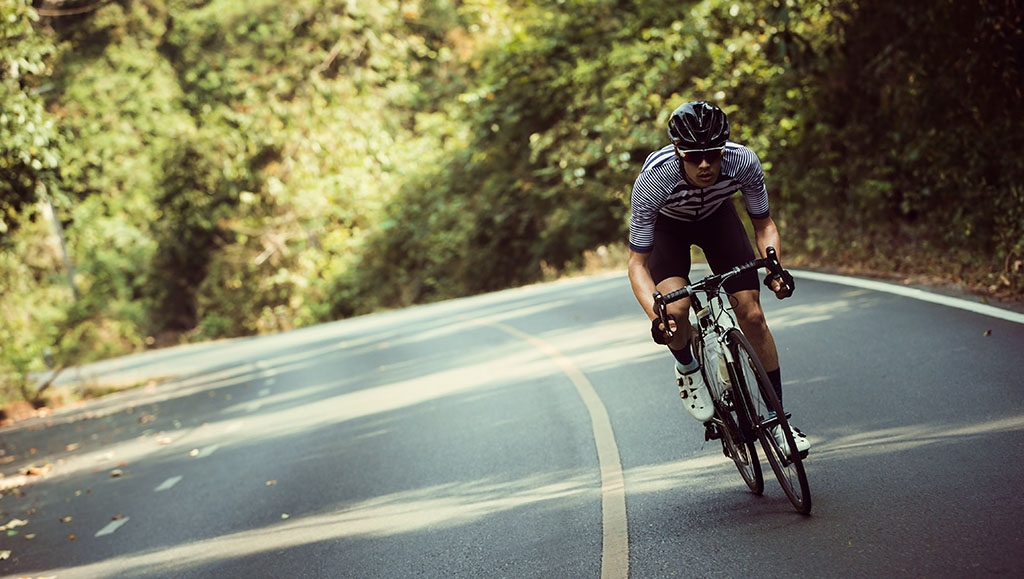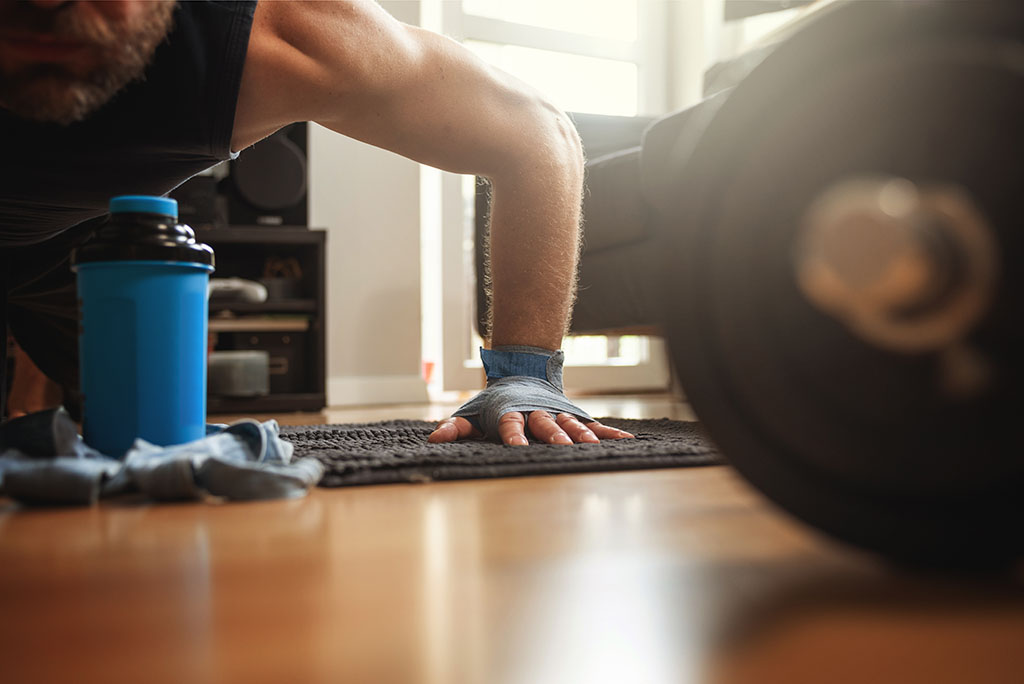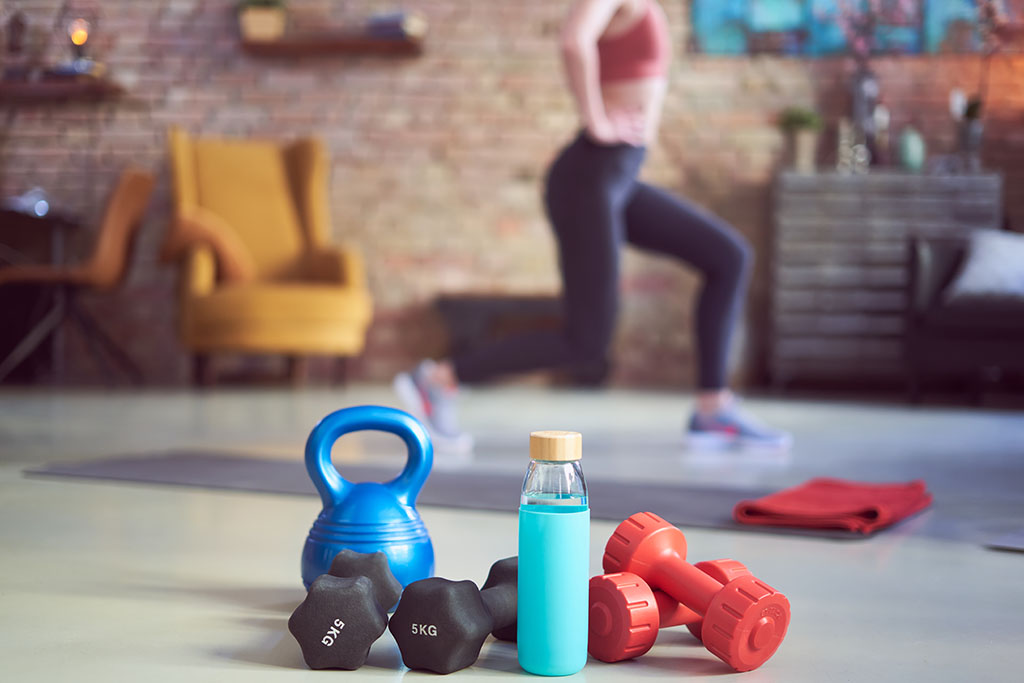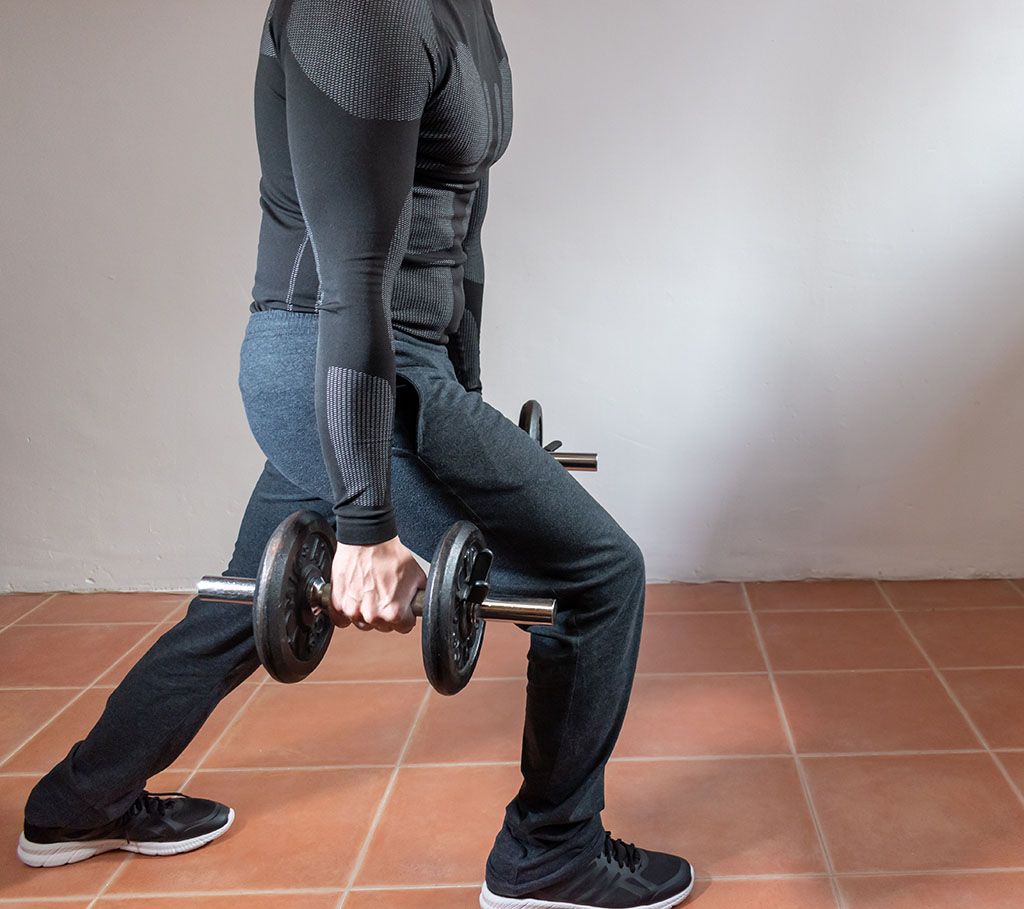
The issue of whether to include strength exercises in your cycle training is one that’s often been debated; after all, strength training is just for bodybuilders, right? Why would you spend time in a gym when you could be out cycling? And surely the last thing you want to do is increase body mass?
Training on the bike is still the focus for anyone wanting to improve their cycling, but your cycling will also benefit from strength training; it’s a myth that this kind of training will make you bulky – it takes a lot of work to add bulk to your muscles. As a cyclist you want to improve the quality of your muscle fibres; it’s about performance, not appearance.
We’ve found some exercises that you can do at home, helping you improve your cycling performance without wasting valuable pedal time. But first of all, let’s have a look at how strength training can help improve your cycling, and which muscles you should be targeting.
Strength training can help you increase the force you apply to the pedals which are what cycling is all about, so you can go further with each stroke, for less effort. Strength work also improves your overall body strength and strengthens the core, which in turn helps your flexibility and balance.
Cycling requires you to be in the same position for long periods, and while strong legs are important for cycling, cyclists also need to focus on their upper body strength as a weak upper body could mean they struggle to control the bike.
So where should you start?
There’s no need to spend precious bike time, and money, in a gym, there are plenty of things you can be doing at home. The main areas you need to be targeting are the glutes, quads, hamstrings, calf muscles and core so we’re going to look at a couple of exercises for each of these muscle groups.
Start with 3 sets of 10 reps, with 45-60 seconds between each set, then increase the weight and reduce the reps.

GLUTES
Any pedal stroke starts with the gluteal muscle; moving the hip from a flexed position at the top of the stroke, to an extended position as the pedal is pushed down. For a sport dominated by the lower body, you would think that the gluteal muscles would be strong, but cyclists who spend a lot of their working day sitting down often struggle with glute weakness. This in turn results in them adopting certain positions on the bike which work the quads and hamstrings, but not the glutes.
The Step Up by Get Exercise Confident – Find something that’s slightly raised; an adjustable exercise stepper would be ideal for this, but a low bench or stool will do, or even stairs, to start with. Step up with your right foot, bring the left foot to the step then step back down again, keeping your back straight with your shoulders back. Repeat on the other leg. You can hold weights in each hand to make this more difficult.
The Bulgarian Split Squat by Scott Herman Fitness – Stand facing away from an object such as a bench/chair/sofa, with feet hip-width apart and place the top of your foot on the object behind you for support. Engage your core, look straight ahead then bend your left knee until your left quad is parallel to the ground. Push back to standing using your left foot and quad. Repeat, then switch legs again, to intensify it you can hold a weight in each hand.
QUADS
The quads are important for torque training; torque measures the rotational force generated by your legs when you push down on the pedal. Of course, this happens anyway as you cycle, but it’s also good to train these muscles in a different position so that you get a better range of movement that you don’t get if you’re just in one position.
The Squat by Bowflex -The classic squat is simple but effective and it can be done anywhere. Stand with your feet shoulder-width apart and lower your body with your hips pushed back and down, as though you’re about to sit down on a chair. Stand back up, pushing from your heels and repeat.
The Lunge by Mind Pump TV – Again, stand with feet shoulder-width apart, then step forward with one leg until it’s at roughly 90 degrees and your other knee’s almost touching the ground. Push up through your heel until you’re standing again, and repeat.

HAMSTRINGS
The hamstrings are the rear thigh muscles that come into play on the upward rotation when you pedal. Strong hamstrings help you pedal more efficiently and can also help reduce the risk of injury. People tend to focus on the quads, so hamstrings are often neglected, which can lead to muscle imbalance. This in turn can lead to back pain, a common cycling niggle.
The Hamstring Bridge by Get Exercise Confident – Lie on your back with your legs at a 45-degree angle and your feet resting on a bench/sofa. Raise one leg in the air, then push up with the other leg so your hips are raised, keeping your pelvis level. Lower your hips back to the floor with a straight back. Repeat.
The Glute Bridge Raise by Well+Good – Despite the name, this works your hamstrings too. Lie on your back with your knees bent at roughly 90 degrees. Press your heels into the floor and with your hands by your side, push your hips up off the floor as high as you can, remembering to squeeze your glutes and hamstrings. Repeat 15 times. You can make this more challenging by holding and squeezing at the top, or by holding a dumbbell across your hips.
CALF MUSCLES
While they don’t play a major role in powering the pedal, the calf muscles do work hard to help stabilise the lower leg, so it makes sense to make them stronger, especially as stronger calves help reduce the risk of cramps.
The Standing Calf Raise by Redefined Health – Stand with feet shoulder-width apart then raise onto your toes, trying not to lock your knees, then slowly lower them down again. Once you’ve got the hang of this you can try doing them with just one leg at a time. It helps to do this against a wall so you can rest your hands on the wall for balance, tucking the foot you’re not using behind the other leg.
The Raised Calf Raise by Gotham Physical Therapy – Stand on a raised surface, stairs will do, with your heel hanging off the edge, then do the same movements but with your heel going lower at the bottom of the raise. You could hold weights to make this more challenging, or add a back weight, for example, a rucksack.

CORE
Having a strong core is about more than just developing a flat stomach and a six-pack; our core helps keep us stable, something that’s vital for cyclists but also important in our daily lives. The term ‘core’ refers to all the muscles around the midsection. This includes the abdominal muscles, the obliques (side of the torso), the pelvic floor and the hip flexors.
The Russian Twist by Livestrong Woman – Sit upright on the floor with your legs bent and your feet off the floor, although if this feels too hard you can rest them on the ground at first. Clasp your hands together in front of your chest, then twist your whole torso from side to side, without letting your feet drop. Once you’ve mastered this you can try holding a weight or a medicine ball in front of your chest, moving it across and down, and tapping the ground on each side.
The Forearm Plank by Bowflex – This is another one that looks fairly simple, but doesn’t feel like it once you’re in it! Adopt a press-up position but with your forearms on the floor, your elbows stacked beneath your shoulders and your legs stretched out behind you. Only your toes, elbows and forearms should be touching the ground. Pull your belly button into your spine; you want to be aiming for a straight line from your hips up your back, so make sure your hips don’t sag down but don’t push them up in the air either. Then just hold it for 40 – 60 seconds.
CONCLUSION
While the main cycling muscles are around the knee, hip and ankle joints, as with many sports, there is no one area of the body used in cycling. All parts of the body work together like an engine, so the stronger the individual parts, the better the outcome.
While on-bike training is your priority, it’s always worth making time in your schedule for other exercises, and these can be done a couple of times a week without eating into your precious cycling time; you can even do a few squats while you’re cooking dinner!
While you’re thinking about how you’re going to look after your body, it’s also worth thinking about how you’re going to look after your cycling equipment. At The Insurance Emporium, our bicycle policies can be as flexible as you are; they all come with Standard Benefits which you can then add to our choice of Optional Benefits. Head to our Bicycle Insurance page to learn more and get a free, no-strings quote today. It’s as easy as riding a bike!
*The Insurance Emporium always recommends consulting your GP before undertaking any new exercise
All content provided on this blog is for informational purposes only. We make no representations as to the accuracy or completeness of any information on this site or found by following any link on this site. We will not be liable for any errors or omissions in this information nor for the availability of this information. We will not be liable for any loss, injury, or damage arising from the display or use of this information. This policy is subject to change at any time.
We offer a variety of cover levels, so please check the policy cover suits your needs before purchasing. For your protection, please ensure you read the Insurance Product Information Document (IPID) and policy wording, for information on policy exclusions and limitations.


